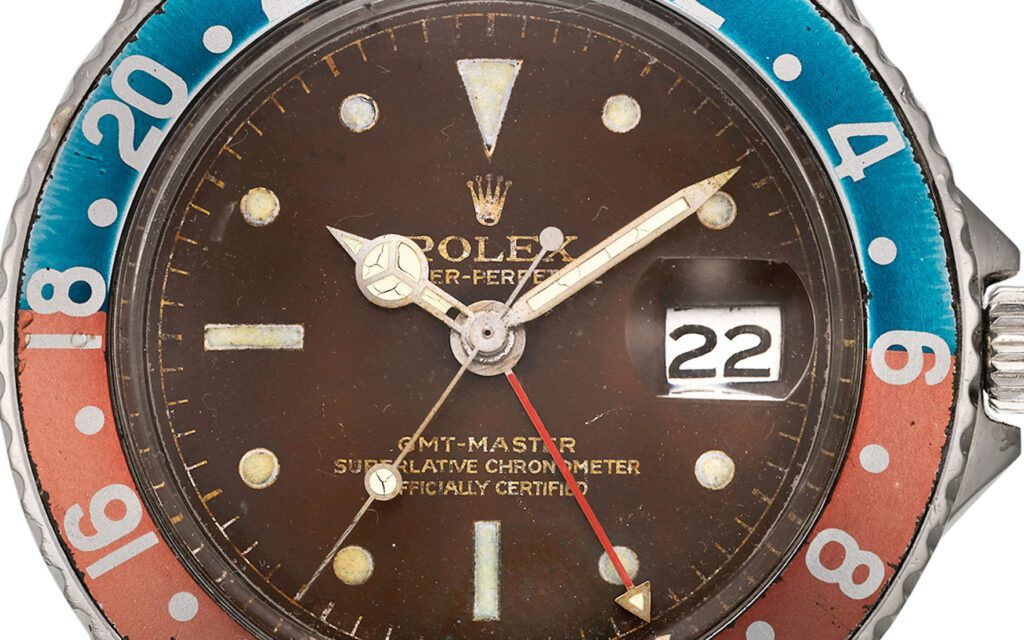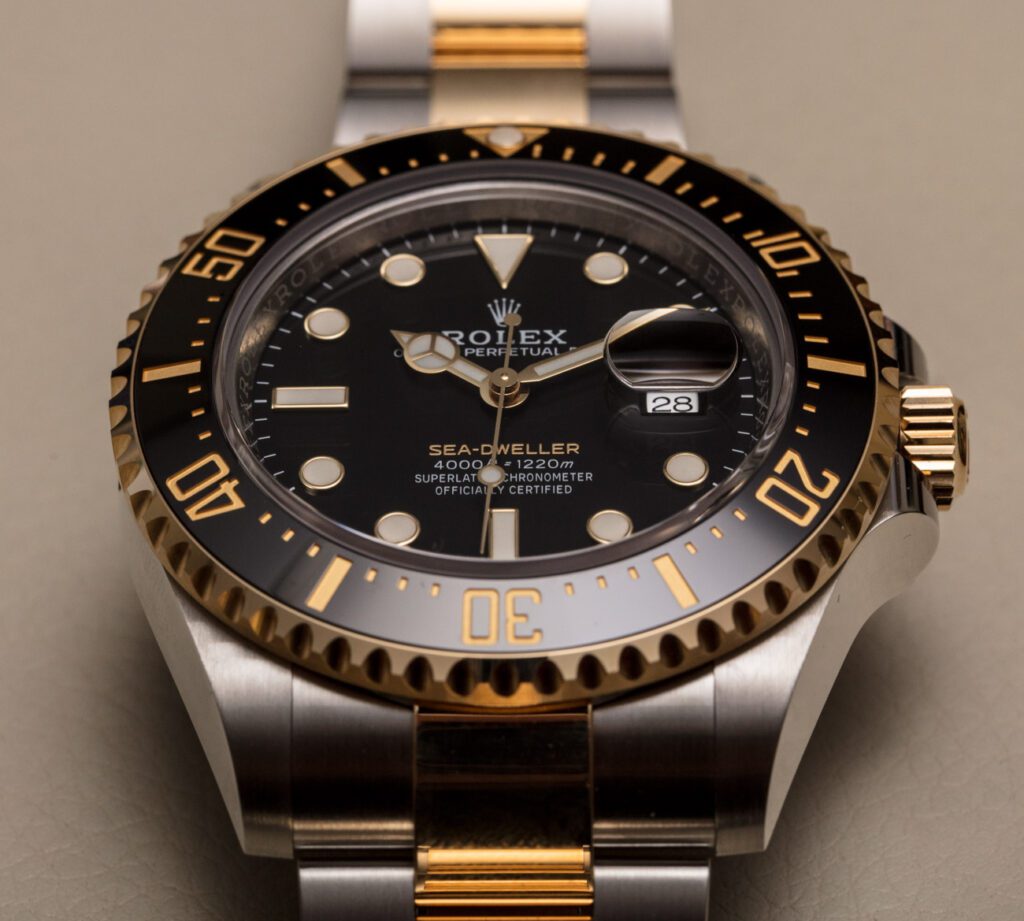Rolex and the Date Window
On a previous date, in a previous Times Ticking blog post, we discussed the significance of the time “10:10” in watch ads. In today’s world, this hand position has been (and continues to be) important to the watch industry in terms of marketing. There’s also been a lot of buzz surrounding “10:10” as a routinely utilized watch-hand position. Aside from many debunkable theories floating about—both conspiratorial and otherwise benign—there are also plenty of plainly perceivable reasons why watchmakers choose this specific time when showcasing their products. Aside from being a great way to frame a logo, the “10:10” position frees up the viewer’s ability to read other dials on the watch—as well as the date window.

As a matter of focus, the date window itself (like “10:10”) gets picked apart by horological enthusiasts quite frequently. In advertising, it is one of the most prominent features that a potential buyer can read on the dial. So, it almost goes without saying, that an easy-to-read date is very important in terms of marketing a watch—as well as the watch’s function. As it were, many watchmakers have opted to utilize a date function over the years. However, there’s one brand that stands out in terms of modern innovation: Rolex.
As a pioneering brand, Rolex has a long history with watch advertising and functional wrist-watch innovations. When it comes to their advertisements, they were one of the first brands to utilize the “10:10” hand position (opting for 10:11:31, repsectively). As well, Rolex was also the engineering powerhouse behind the modern date window. In 1945, they released what they called their “Datejust” movement. Short for “just in time”, this wristwatch was the first of its kind—featuring a date “window” with an automatically adjusting date. Though this timepiece changed the game for modern watches, this first autodate movement was clunky in terms of setting the date at certain hours of the day. So, by 1955, Rolex reinvented their own date wheel to better interface with their movements. This was done by moving away from using a switch-tooth to adjust the date, and instead utilizing a spring loaded mechanism to instantaneously make the adjustment.
Another invention that Rolex brought to the table around this time, in terms of their date window, was the “cyclops” magnifier. It is said that the founder’s (Hans Wilsdorf) wife was having trouble reading the date on her 1955 model Rolex. So, to address this—on top of the spring loaded auto-adjust—they added a magnifier over the date window. In terms of their advertising, this was also a big help for Rolex. It gave folks with poorer sight a reason to check out their brand. As well, it made their crystals and dial stand out from the inevitable imitators of their date-window invention.

As Rolex moved forward with their branding/advertising, they featured a particular number in their date window: 28. Much like the freeing “10:10” hand position on the dial, 28 has garnered its own theories and suppositions. Some believe it’s the date of a significant breakthrough for Rolex (or its founder); some say it is a holy number tied to divinity; others simply see it for what it very likely is—a symmetrical window-filling figure. Indeed, 28 itself is a number which—when put through a “cyclops” dial bubble—takes up quite a bit of visual real estate. So whatever theories abound, the number 28 makes for an impactful picture. If that gets people talking, then Rolex has nothing to fear—in terms of popularity—in the coming days, months, years, and century.
Times Ticking has been in operation for more than 30 years, since 1982. We have performed watch repair for customers both locally and internationally. If it Ticks! We KNOW it! Our team of watch repair technicians have a combined experience in watchmaking of over 120 years.

